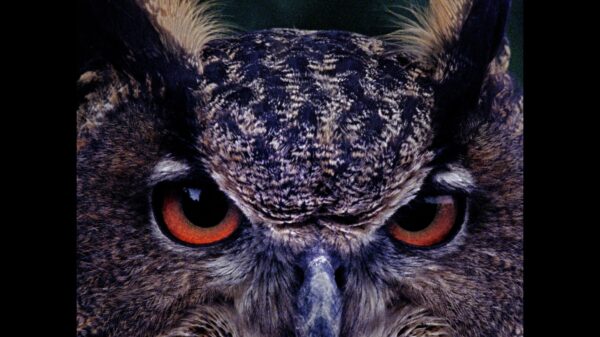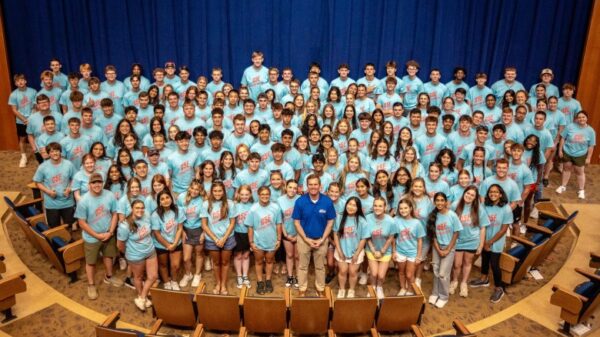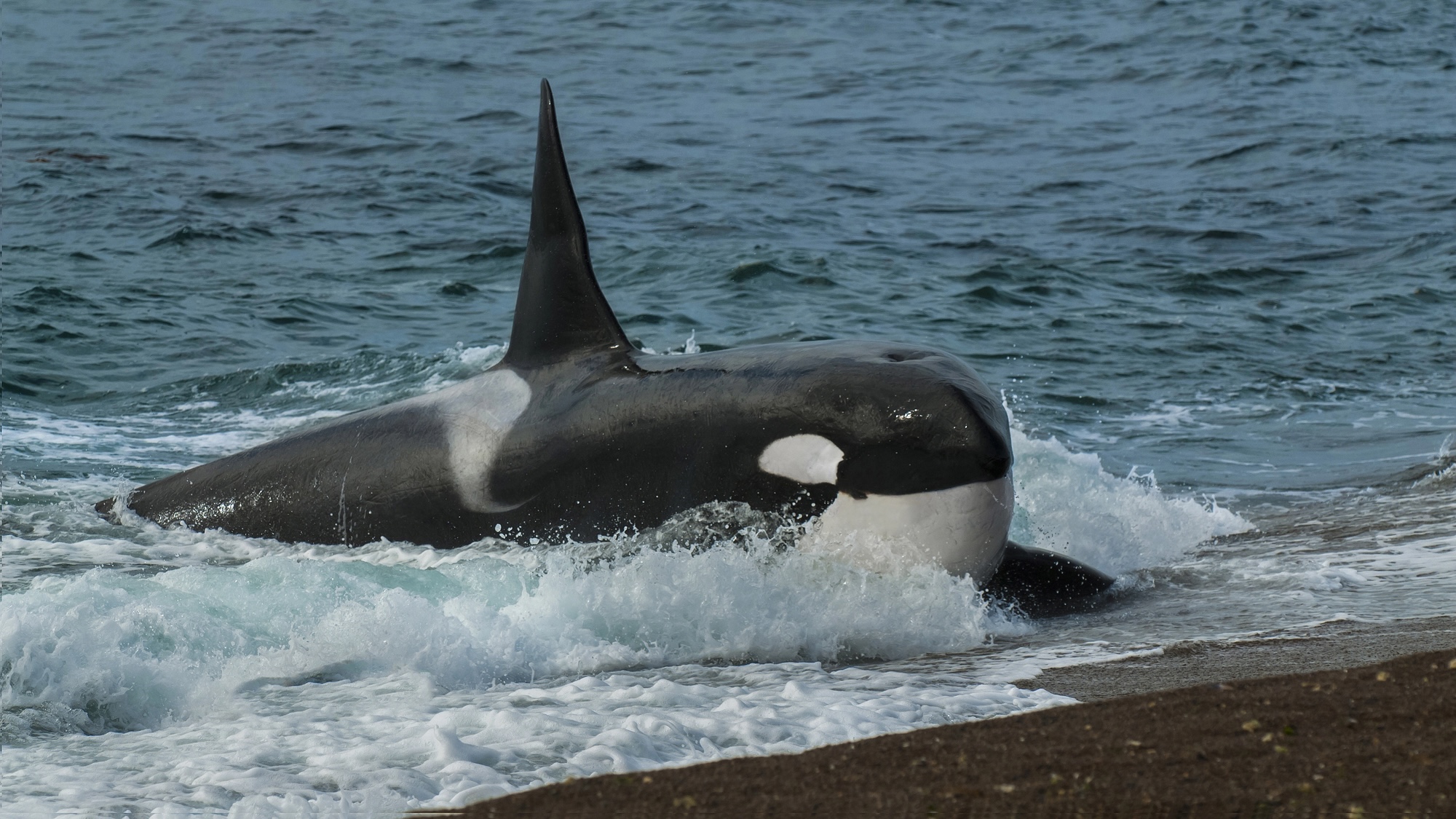Orcas, also known as killer whales, have been observed engaging in a surprising behavior: offering food to humans. According to a study published on June 30 in the Journal of Comparative Psychology, researchers have documented numerous instances of these marine mammals approaching people and presenting them with food. This behavior, typically seen as a way for orcas to build bonds within their pods, suggests a potential interest in forming connections with humans as well.
The study, led by Jared Towers, executive director of Bay Cetology, along with Vanessa Prigollini from Mexico’s Marine Education Association and Ingrid Visser of the Orca Research Trust in New Zealand, confirmed 34 such events over the past two decades. These encounters included orcas approaching humans in various settings: 11 instances involved swimmers, 21 occurred with people on boats, and two were recorded from shore.
Documenting the Unusual Behavior
To ensure the credibility of these accounts, the researchers set stringent criteria for inclusion in their study. Each event required thorough review of video and photographic evidence, along with interviews with witnesses. The orcas, varying in age and sex, consistently approached humans voluntarily and placed items in front of them, often waiting for a reaction. In some cases, they even repeated their food offers, which included a diverse array of items such as fish, mammals, invertebrates, birds, a reptile, and a piece of seaweed.
“Offering items to humans could simultaneously include opportunities for killer whales to practice learned cultural behavior, explore or play and in so doing learn about, manipulate or develop relationships with us,” the researchers wrote in the study.
Potential Explanations and Implications
This behavior raises intriguing questions about the cognitive abilities and social nature of orcas. The researchers suggest that these interactions could be a means for orcas to practice cultural behaviors or explore new relationships. Such actions may also highlight the evolutionary convergence of intelligence between orcas and higher-order primates.
Jared Towers explained, “Orcas often share food with each other—it’s a prosocial activity and a way that they build relationships with each other. That they also share with humans may show their interest in relating to us as well.”
Comparisons to Domesticated Animals
The study’s findings may represent the first detailed descriptions of non-domesticated animals engaging in behaviors typically associated with pets like cats and dogs. This could be the first recorded instance of wild predators using prey and other objects to directly explore human behavior, offering a unique perspective on the social dynamics of these apex predators.
“Given the advanced cognitive abilities and social, cooperative nature of this species, we assume that any or all these explanations for, and outcomes of such behavior are possible,” the study noted.
Future Research and Conservation Implications
The implications of this study extend beyond the novelty of the behavior. Understanding the motivations behind these interactions could offer insights into the social structures and intelligence of orcas, potentially informing conservation efforts. As human activities continue to impact marine environments, fostering a deeper understanding of orca behavior and their interactions with humans could be crucial for their protection.
The research team plans to continue monitoring these interactions, hoping to uncover more about the social and cognitive complexities of orcas. This ongoing study could pave the way for new approaches to marine conservation, emphasizing the importance of preserving the intricate social networks of these remarkable creatures.
As this research progresses, it may reshape our understanding of the relationships between humans and one of the ocean’s most intelligent and socially complex predators. The findings suggest a new dimension to the interactions between humans and wildlife, highlighting the potential for mutual curiosity and understanding.






































































